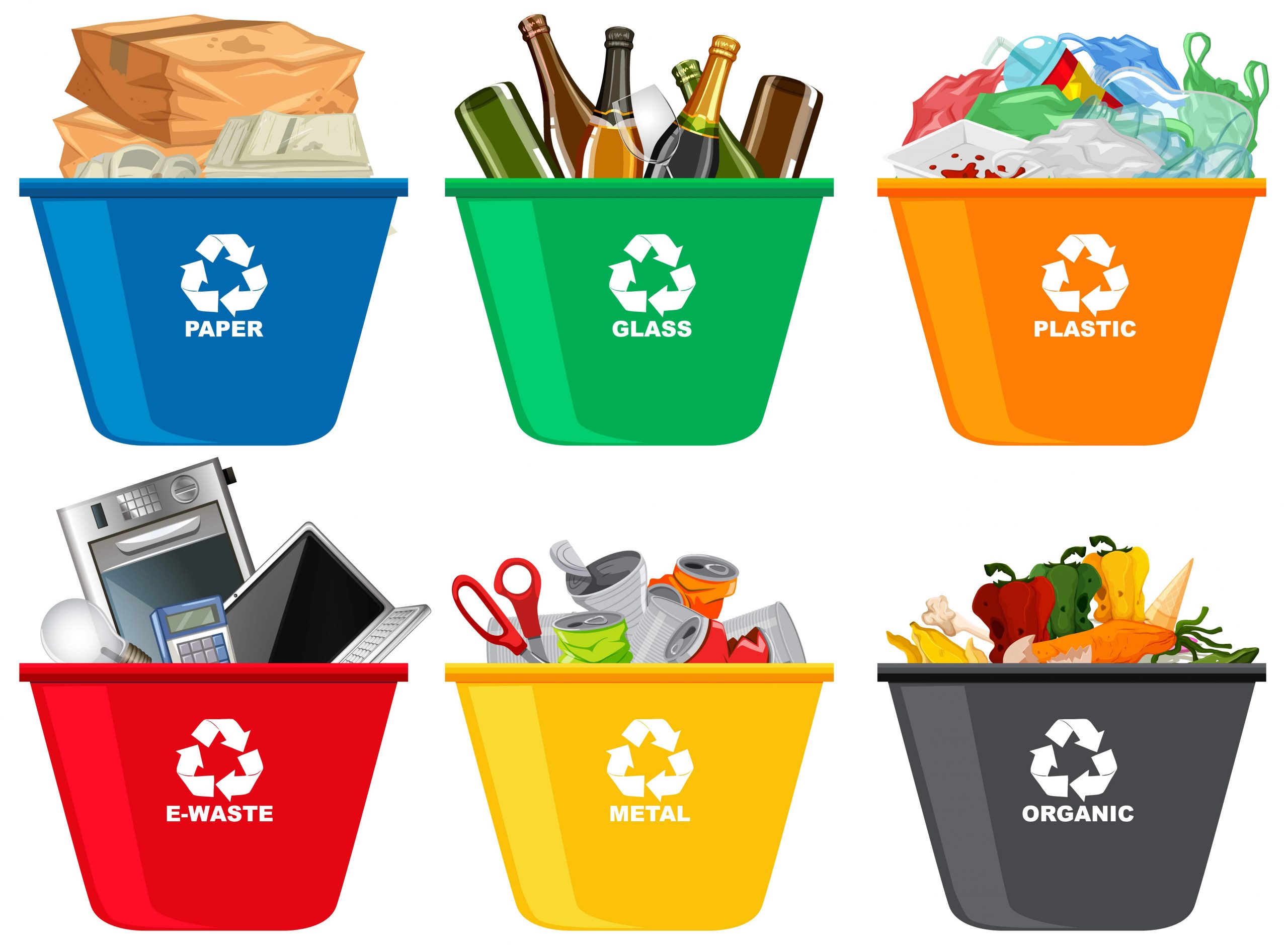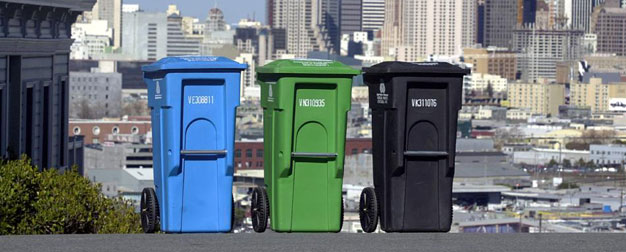


Concepts of waste management [modify] Diagram of the waste hierarchy Waste hierarchy [modify] The waste hierarchy describes the "3 Rs" Decrease, Reuse and Recycle, which categorizes waste management methods according to their desirability in regards to waste minimisation. The waste hierarchy is the bedrock of most waste reduction techniques. The aim of the waste hierarchy is to extract the maximum useful take advantage of items and to create the minimum amount of end waste; see: resource recovery.

The next step or preferred action is to look for alternative uses for the waste that has actually been produced i. e. by re-use. The next is recycling that includes composting. Following this step is material healing and waste-to-energy. The final action is disposal, in landfills or through incineration without energy healing.
The hierarchy represents the latter parts of the life-cycle for each product. Life-cycle of a product [edit] The life-cycle begins with the design, then proceeds through manufacture, circulation, and primary use and after that follows through the waste hierarchy's phases of reduce, reuse and recycle. disposing of fluorescent tubes in the life-cycle provides opportunities for policy intervention, to rethink the requirement for the item, to revamp to lessen waste capacity, to extend its usage. [] Product life-cycle analysis is a way to enhance using the world's limited resources by avoiding the unneeded generation of waste.
Worldwide, humankind extracts more resources to produce goods than the world can replenish. [] Resource performance is the decrease of the ecological effect from the production and usage of these products, from final basic material extraction to the last usage and disposal. Polluter-pays concept [edit] The polluter-pays concept mandates that the polluting party pays for the influence on the environment.

History [modify] Throughout the majority of history, the amount of waste generated by people was irrelevant due to low levels of population density and exploitation of natural deposits. Common waste produced throughout pre-modern times was primarily ashes and human naturally degradable waste, and these were launched back into the ground locally, with minimum ecological effect.